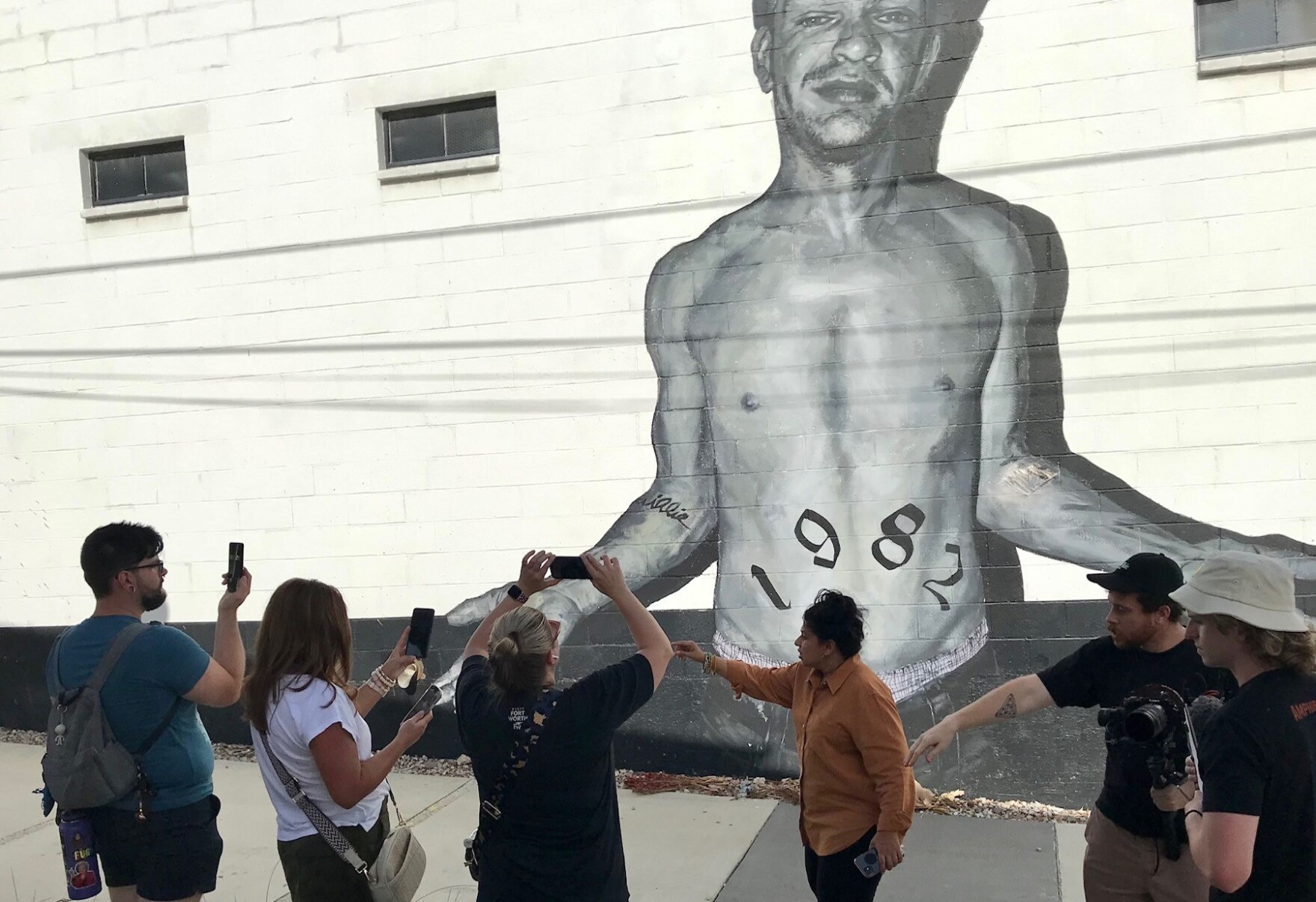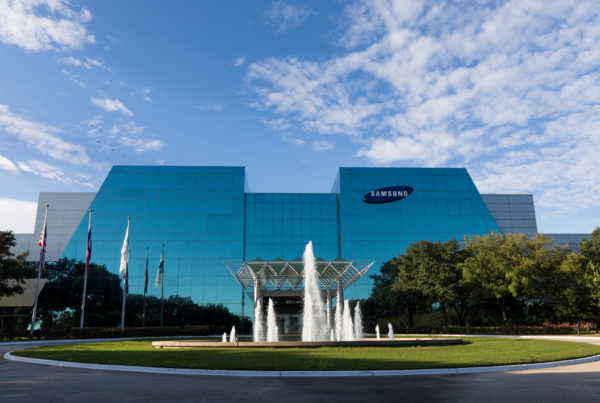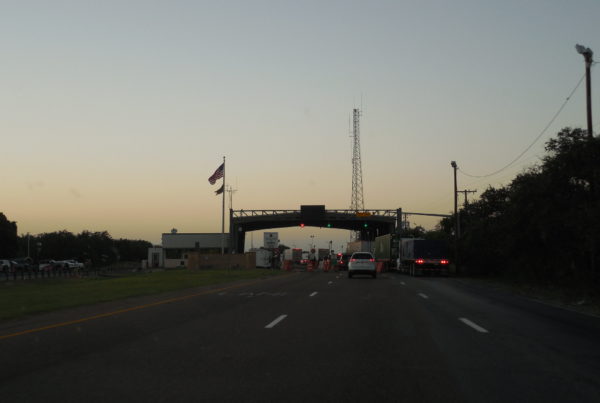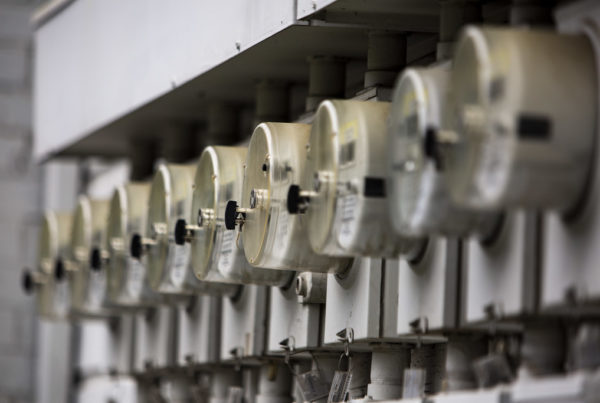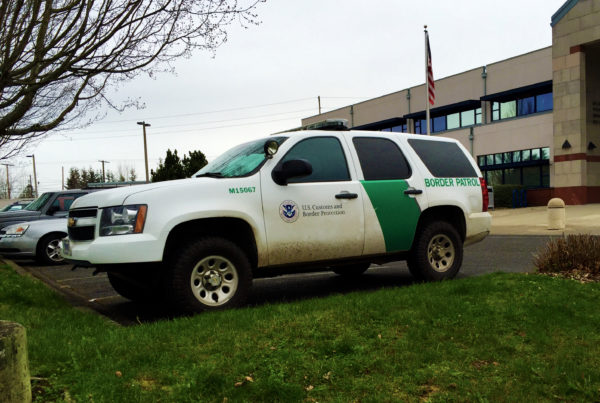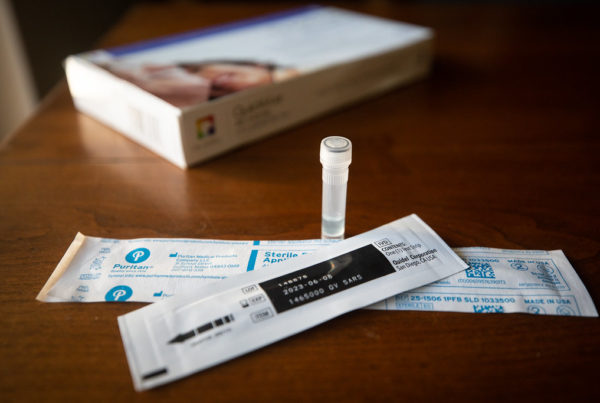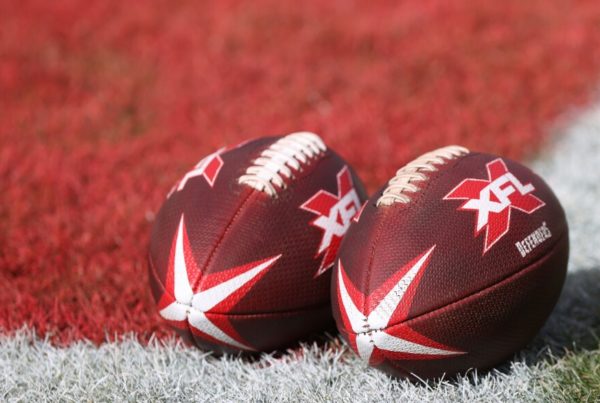From KERA News:
There’s a new art walk along South Main in Fort Worth that’s different than the usual stroll past murals and sculptures. With the use of augmented reality, “Neighborhood Leap,” as the walk’s called, lets you see things that aren’t actually there.
The sidewalk along Main Street just south of downtown is dotted with a long line of small circles. They’re markers indicating the path of the new art walk. But to fully immerse yourself in the experience, you need a cellphone with a camera — and you need to install Neighborhood Leap’s app. Amphibian Stage artistic director Kathleen Culebro has got all that, and she’s aiming her phone at a particular point along the street. The art walk has 16 stops that, when you aim your camera correctly, will trigger on your phone what Culebro calls “activations” — different kinds of digital art works.
“It’ll make something pop up,” Culebro says. “You can still see your surroundings. So it’s not just showing you a video. It’s interacting with the space.”
At this stop, the digital magic of “augmented reality” triggers the song “Take Me Home,” a collaboration between Fort Worth singer Grady Spencer and hip-hop artist Lou CharLe$.
And then, while we look through the camera, the song’s lyrics appear, seeming to float in the air.
“So you’re walking along,” says Culebro, “you can see the road, but the lyrics are flying past you.”
It’s as if we’re walking through the lyrics.
Augmented reality — or AR — uses digital technology like this to embellish our physical environment via our phones. It can include music, voiceovers, animations and videos.
Culebro got the idea for an augmented Fort Worth art walk from a friend in London. He created an augmented historic walk for a neighborhood there.
But Culebro had another, somewhat more desperate inspiration: that familiar feeling the past few years of being trapped — with no one coming out to see anything.
“This was envisioned during the height of the pandemic,” Culebro says. “And we thought, ‘How long are we going to be here?’ Then — we need to make art or we’re going to lose our minds.”
Developing the app was supported by DevHouse, a Dallas virtual reality studio, along with the Texas Commission on the Arts, the Blue Zones Project and Near Southside Arts, which promotes the neighborhood.
The general idea was to create a relatively COVID-safe way to draw people to walk around the trendy, rapidly gentrifying South Main area — with all its new shops, eateries, apartments. And Amphibian Stage.
In addition, Neighborhood Leap is meant to showcase commissioned works by Fort Worth musicians, video designers, arts groups — including Armond Vance, Daniel Banks and Adam McKinney, Martha Peters and Fernando Rojaz Cervantes. Some background music was composed by students from the I. M. Terrell Academy for STEM & Visual and Performing Arts.
At another spot along Neighborhood Leap, you can point your camera at the back of a building and a video appears by DNAWorks. It includes personal accounts of Southside’s racial history and the changing, conflicting demographics of the community. In the words of journalist Bob Ray Sanders, not that long ago, there were two Southsides, two Riversides, black and white — with segregation violently enforced.
“When the first black family moved north of East First Street in Riverside,” says Sanders in the app. “I mean, one block north. There were people who came with their rifles and fire, and they were going to burn them out.”
Brian Santiago works at the nearby Roots Coffeehouse. Despite the brutal Texas heat, he went on the art walk’s field test.
“I was pretty distracted from the heat,” Santiago says, “because you’re immersing yourself in history about Fort Worth, and me being not from here, I kept wanting to keep going every single time — the music, the history. It’s a fun thing to be immersed in.”
Since Neighborhood Leap went live at the end of June, Culebro says, some 400 people have experienced it. But the field test demonstrated at least one weakness. Devyn Cole works with Devhouse Agency. He says, as a technology, augmented reality is so new that older Android phones and iPhones don’t have the ability to run it.
“The app stores will tell you, ‘Hey, you can’t run this app’ or won’t even show it to you,” Cole says. “But in these development stages, we’re putting it on everything we possibly can” — to see what platforms work, which ones don’t.
Culebro says the entire idea behind Neighborhood Leap reflects a new, post-COVID spirit in arts groups: to make their work more accessible to everyone, to reach the public in new ways.
So this art walk is free to the public, and it’ll run for at least a year.
But — what if your cellphone can’t handle the augmented reality?
They’ll loan you one that can.


